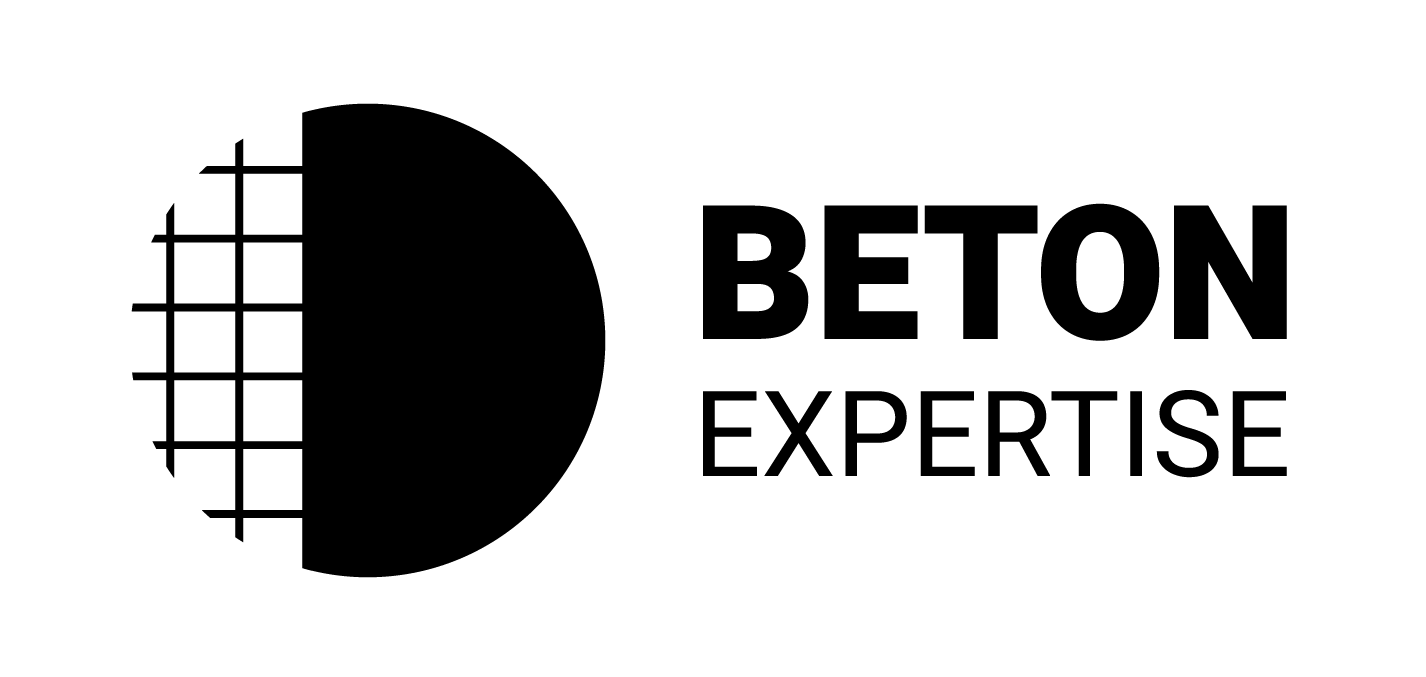Life Extension: Is Cathodic Protection the structural solution for long-term concrete rot?
Structural Repair Techniques & Life Extension
Concrete rot is an inevitable consequence of carbonation or chloride intrusion in reinforced concrete. It compromises the integrity and longevity of your structural investments. Standard repairs, such as removing deteriorated concrete and applying repair mortar, are often just a band-aid on the wound, especially when chloride-initiated reinforcement corrosion is involved. Traditional concrete repair, in the case of chloride-initiated reinforcement corrosion, does not address the underlying electrochemical processes, allowing corrosion to continue elsewhere in the structure.
For contractors, architects and developers seeking long-term structural security, a sophisticated approach is necessary. This is where the expertise of BETONexpertise and the sustainable power of cathodic protection come into the picture.
The Fundamental Cause: Why Ordinary Repairs Fail
Corrosion of reinforcement is an electrochemical process. When the protective alkalinity of the concrete is affected by carbonation or chlorides, a cathode (non-corroding zone) and an anode (corroding zone) are created in the rebar. In a conventional repair, only the locally affected steel is treated. However, the surrounding, apparently healthy steel in the transition zone becomes the new anode, resulting in renewed corrosion (the so-called "ring-anode" effect).
The key to real life extension is to stop this electrochemical process throughout the structure.
Cathodic Protection: The Principle of Operation
Cathodic Protection (RD) is the most advanced, structural and proven method of permanently stopping corrosion in reinforced concrete. It is the only method that addresses the fundamental problem - electrochemical imbalance.
KB works by making the entire reinforcing steel cathodic, meaning that it can no longer be an anode (and thus a source of corrosion).
There are two primary systems:
Sacrificial anodes (Galvanic KB):
Uses a less noble metal (e.g., zinc) that spontaneously corrodes (sacrifices itself), thereby providing electrons to the reinforcing steel.
Requires no external power source and is ideal for smaller, local repairs or in areas of low electrical resistance.
Impressed Current KB (ICCP):
Uses an external direct current source and inert anodes (e.g., titanium nets) to force a current through the concrete to the reinforcing steel.
Provides precisely adjustable, high-performance protection and is the preferred solution for large infrastructure projects, bridges, tunnels and high-rise buildings.
This method is crucial for ensuring long-term structural integrity, with a proven lifespan of 25 to 50 years. More detailed information about our methods can be found on our services page on cathodic protection.
The Need for Independent Expertise
Note: Determining the correct KB system, current density and component placement is a complex science.
You as a building expert or contractor can NOT perform this examination and diagnosis yourself.
The independent and specialized expertise of BETONexpertise is necessary for:
Damage Diagnosis: Accurate determination of corrosion cause (carbonation vs. chlorides) and exact location of anodes/cathodes in your structure.
Feasibility Study: An independent evaluation to determine which RD system (Galvanic or ICCP) offers the most cost-effective and sustainable solution.
System Design and Monitoring: Designing an optimized KB system and continuously monitoring it for guaranteed protection.
Our independence guarantees an objective diagnosis and a solution that is entirely in the interest of structural longevity, and not that of a product supplier. We guarantee that the method chosen is the most efficient and effective for your specific structure.
Conclusion
Cathodic Protection is proven to be the most structural and durable solution to concrete rot. It is the investment that turns a repair into a life extension of decades. However, the complexity and risks of improper implementation require the expertise of a specialized, independent inspection company.
Need structural assurance? Request a RD feasibility study.
Contact today BETONxpertise. We offer the independent diagnosis and advanced repair strategy your project deserves.

